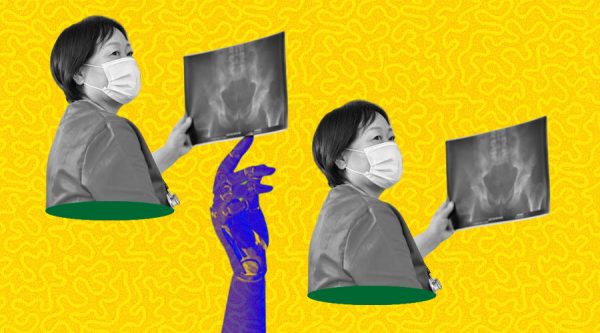Even artificial intelligence, which was used to compose a play, depended on damaging preconceptions for casting
Miseducation of algorithms is a crucial issue; when artificial intelligence mimics the unconscious attitudes, bigotry, and preconceptions of the humans who created these algorithms, serious harm can result. Computer tools, for example, have incorrectly identified Black offenders as twice as common to re-offend as white defendants. When an artificial intelligence used pricing as a proxy for healthcare needs, it incorrectly identified Black patients as being healthier than equally ill white patients since less money has been spent on them. Even artificial intelligence, which was used to compose a play, depended on damaging preconceptions for casting. Removing sensitive information from the data appears to be a possible option. But what about when it’s insufficient?
There are several examples of bias in natural language processing, but MIT researchers have researched another vital, largely unexplored modality: medical imaging. Using both private and public records, the team discovered that AI models can effectively estimate patients’ self-reported race from medical photos alone. The scientists trained a deep learning model to classify the race as Black, White, or Asian using imaging data from chest X-rays, limb X-rays, breast CT scans, and mammograms although the pictures themselves had no explicit indication of the patient’s race. This is a feat that even the most experienced physicians cannot achieve, and it is unclear how the model accomplished it.
The researchers conducted a flurry of studies in an attempt to peel out and make sense of the perplexing “how” of it all. They looked at variables including variances in anatomy, bone density, picture resolution, and many more, to study plausible mechanisms of face recognition, and the models still won with a high capacity to discern race from chest X-rays. In a healthcare setting, algorithms can help us determine whether a patient is a fit for chemotherapy, direct patient triage, or determine whether a patient should be moved to the ICU. “We believe the procedures just look at vitals or laboratory testing, but it’s possible they’re also checking your ethnicity, racial group, gender, and whether or not you’re confined, even if that information is buried.,” states paper co-author Leo Anthony Celi. “Just because your algorithms include representation from many communities does not guarantee that they will not perpetuate or amplify existing gaps and unfairness.” More information with representation to feed the algorithms is not a solution. This study should cause us to pause and really examine whether we are ready to bring artificial intelligence to the bedside.”
The study, titled “AI recognition of individual race in medical imaging: a modelling study,” was released on May 11 in the Lancet Digital Health. Celi and Ghassemi collaborated on the paper with 20 other authors from four countries.
To prepare for the tests, the researchers first demonstrated that the models could predict race across numerous datasets, imaging modalities, and clinical tasks, and also across a variety of academic centres and patient groups in the United States. They employed three big chest X-ray datasets and evaluated the model on a previously unseen fraction of the dataset used to develop the model as well as a completely another dataset. The researchers next trained the racial identity detection methods on pictures from non-chest X-ray locations such as digital radiography, lateral cervical spine radiography, mammography, and chest CTs to check if the model’s functionality was restricted to chest X-rays.
The team attempted to explain the model’s behaviour by looking at differences in physical character traits between various racial groups, disease distribution, location-specific or tissue-specific distinctions, the impacts of societal bias and environmental stressors, and the potential of machine learning systems to detect race when mulling over data.
What scientists discovered was quite astounding: the models’ ability to predict race solely based on diagnostic labels was significantly worse than that of the chest X-ray image-based designs.
The researchers recognise that due to the scarcity of racial identification designations, they focused on Asian, Black, and white people and that their ground reality was a self-reported detail. Another study would likely look at separating distinct signals before picture reconstruction because they couldn’t account for remaining bone tissue on the imaging, as they did with bone density trials.
Furthermore, Ghassemi and Celi’s previous research, headed by MIT student Hammaad Adam, discovered that models can detect patients’ self-reported race from medical documentation even when those observations are stripped of clear markers of race. Human specialists, like in this study, are unable to reliably estimate patient race from the same censored clinical data.
Source: analyticsinsight.net









